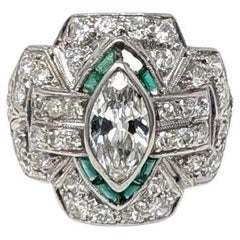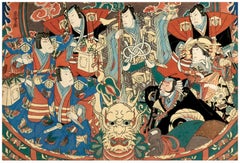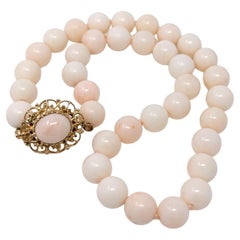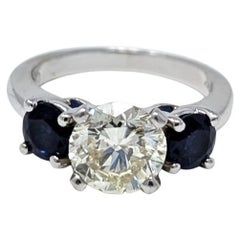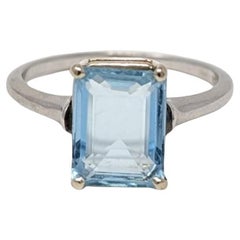South Carolina
Early 20th Century Unknown Art Deco South Carolina
Diamond, Emerald, Platinum
Mid-19th Century Edo South Carolina
Woodcut
1930s Showa South Carolina
Woodcut
Mid-20th Century Unknown South Carolina
Coral, 14k Gold, Yellow Gold
21st Century and Contemporary Unknown South Carolina
Diamond, Sapphire, Platinum
Early 20th Century Unknown South Carolina
Aquamarine, Platinum
20th Century Unknown South Carolina
Diamond, 14k Gold, 22k Gold, Yellow Gold
1930s Showa South Carolina
Woodcut
Early 20th Century Unknown South Carolina
14k Gold, Yellow Gold
20th Century Unknown South Carolina
14k Gold, Yellow Gold
Late 20th Century Unknown South Carolina
Diamond, Emerald, 14k Gold, Yellow Gold
1930s Showa South Carolina
Woodcut
Early 20th Century Unknown South Carolina
Pearl, 18k Gold
Late 20th Century American American Colonial South Carolina
Metal
Mid-20th Century Unknown South Carolina
Diamond, Pearl, 14k Gold, White Gold
Early 20th Century Unknown South Carolina
Diamond, Platinum
20th Century Unknown South Carolina
Diamond, 18k Gold, White Gold
21st Century and Contemporary Unknown South Carolina
Diamond, Sapphire, 14k Gold, Yellow Gold
1970s Modern South Carolina
Woodcut
2010s Minimalist South Carolina
Archival Pigment
1730s Realist South Carolina
Engraving
20th Century North American South Carolina
Coral, Sterling Silver
2010s Minimalist South Carolina
Archival Pigment
1930s Art Nouveau South Carolina
Stencil
1930s American Modern South Carolina
Woodcut
1940s American Modern South Carolina
Woodcut
Late 20th Century Unknown Modern South Carolina
10k Gold, 14k Gold, Yellow Gold
Mid-20th Century Unknown South Carolina
Diamond, 10k Gold, Yellow Gold
Early 20th Century Unknown South Carolina
Ruby, Tourmaline, 14k Gold, Yellow Gold
1950s Unknown Mid-Century Modern Vintage South Carolina
Iron
Early 1900s Naturalistic South Carolina
Woodcut
1920s American Modern South Carolina
Etching
1990s Realist South Carolina
Lithograph
Late 20th Century American Modernist South Carolina
Sterling Silver
1930s American Modern South Carolina
Lithograph
1950s American Modern South Carolina
Lithograph
19th Century American Other Antique South Carolina
Glass
1970s Modern South Carolina
Lithograph
Early 20th Century American Industrial South Carolina
Brass, Copper, Sheet Metal
Early 2000s Contemporary South Carolina
Woodcut
Mid-20th Century Unknown South Carolina
14k Gold, Yellow Gold
Mid-20th Century American Mid-Century Modern South Carolina
Upholstery, Walnut
1930s American Modern South Carolina
Woodcut
Early 1900s Impressionist South Carolina
Watercolor
1940s Modern South Carolina
Conté, India Ink
1940s Surrealist South Carolina
Engraving
1930s Modern South Carolina
Woodcut
Early 19th Century French Neoclassical Antique South Carolina
Wood, Paint
1920s American Modern South Carolina
Drypoint
1970s American Other Vintage South Carolina
Lucite
2010s Showa South Carolina
Woodcut
1920s Art Deco South Carolina
Lithograph
Early 20th Century American Arts and Crafts South Carolina
Iron
1930s American Modern South Carolina
Screen
20th Century French South Carolina
Pine
Mid-20th Century American Modern South Carolina
Lithograph
Mid-20th Century American Modern South Carolina
Screen
1920s American Modern South Carolina
Woodcut
1940s Surrealist South Carolina
Lithograph
Late 20th Century Unknown South Carolina
Turquoise, 14k Gold, Yellow Gold
